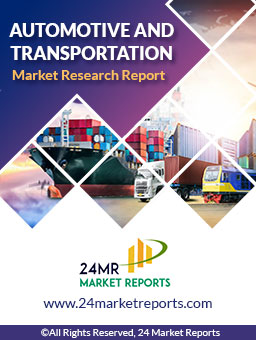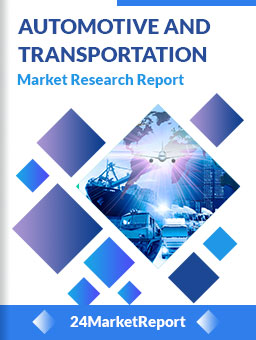Automotive aftermarket fuel additives are the best solutions to reduce fuel-related issues and preemptive maintenance. These additives are deployed in order to improve diesel fuel and gasoline performance. The automotive aftermarket fuel additives reduce maintenance charges required for poor drivability, engine performance, excessive emissions, lost fuel economy, and others. Usually, automotive aftermarket fuel additives are used in the fuel systems and supplements.
Automotive Aftermarket Fuel Additives Market contains market size and forecasts of Automotive Aftermarket Fuel Additives in global, including the following market information:
- Global Automotive Aftermarket Fuel Additives Market Revenue, 2017-2022, 2023-2028, ($ millions)
- Global Automotive Aftermarket Fuel Additives Market Sales, 2017-2022, 2023-2028, (K MT)
Global top five Automotive Aftermarket Fuel Additives companies in 2021 (%)
The global Automotive Aftermarket Fuel Additives market was valued at 1438 million in 2021 and is projected to reach US$ 2160.9 million by 2028, at a CAGR of 6.0% during the forecast period.
The U.S. Market is Estimated at $ Million in 2021, While China is Forecast to Reach $ Million by 2028.
Gasoline Segment to Reach $ Million by 2028, with a % CAGR in next six years.
The global key manufacturers of Automotive Aftermarket Fuel Additives include Chevron Corporation, Ashland, Evonik Industries, BASF SE, BG Products, Infineum International, Afton Chemical Corporation, Lubrizol Corporation and Innospec Specialty Chemicals, etc. In 2021, the global top five players have a share approximately % in terms of revenue.
We surveyed the Automotive Aftermarket Fuel Additives manufacturers, suppliers, distributors and industry experts on this industry, involving the sales, revenue, demand, price change, product type, recent development and plan, industry trends, drivers, challenges, obstacles, and potential risks.
Total Market by Segment:
Global Automotive Aftermarket Fuel Additives Market, by Type, 2017-2022, 2023-2028 ($ Millions) & (K MT)
Global Automotive Aftermarket Fuel Additives Market Segment Percentages, by Type, 2021 (%)
Global Automotive Aftermarket Fuel Additives Market, by Application, 2017-2022, 2023-2028 ($ Millions) & (K MT)
Global Automotive Aftermarket Fuel Additives Market Segment Percentages, by Application, 2021 (%)
- 4S Stores
- Gas Stations
- Automotive Workshops
- E-Commerce
- Others
Global Automotive Aftermarket Fuel Additives Market, By Region and Country, 2017-2022, 2023-2028 ($ Millions) & (K MT)
Global Automotive Aftermarket Fuel Additives Market Segment Percentages, By Region and Country, 2021 (%)
- North America
- US
- Canada
- Mexico
- Europe
- Germany
- France
- U.K.
- Italy
- Russia
- Nordic Countries
- Benelux
- Rest of Europe
- Asia
- China
- Japan
- South Korea
- Southeast Asia
- India
- Rest of Asia
- South America
- Brazil
- Argentina
- Rest of South America
- Middle East & Africa
- Turkey
- Israel
- Saudi Arabia
- UAE
- Rest of Middle East & Africa
Competitor Analysis
The report also provides analysis of leading market participants including:
- Key companies Automotive Aftermarket Fuel Additives revenues in global market, 2017-2022 (Estimated), ($ millions)
- Key companies Automotive Aftermarket Fuel Additives revenues share in global market, 2021 (%)
- Key companies Automotive Aftermarket Fuel Additives sales in global market, 2017-2022 (Estimated), (K MT)
- Key companies Automotive Aftermarket Fuel Additives sales share in global market, 2021 (%)
Further, the report presents profiles of competitors in the market, key players include:
- Chevron Corporation
- Ashland
- Evonik Industries
- BASF SE
- BG Products
- Infineum International
- Afton Chemical Corporation
- Lubrizol Corporation
- Innospec Specialty Chemicals
- Total
- Lucas Oil Products






 Industry Market Size
Industry Market Size SWOT Analysis
SWOT Analysis Industry Major Players
Industry Major Players Revenue Forecasts
Revenue Forecasts Historical and Forecast Growth
Historical and Forecast Growth Profitability Analysis
Profitability Analysis
























